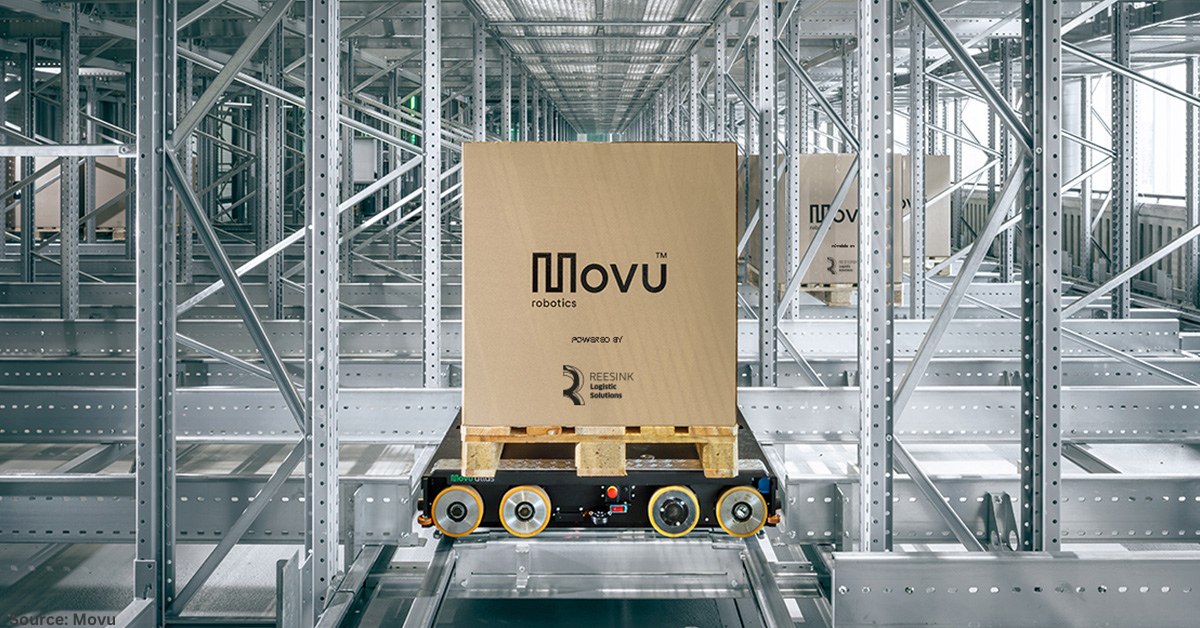When it comes to military operations, a reliable supply chain is absolutely critical.
Without a steady flow of essential goods like food, fuel, ammunition, and medical supplies, even the most well-trained and equipped forces can quickly find themselves in dire situations. That’s why, if you’re involved in military logistics, you need to make supply chain reliability your top priority.
Understand the Unique Challenges of Military Operations Supply Chains
First off, you’ve got to thoroughly understand the unique challenges of military supply chains.
Unlike commercial supply chains, you’re often dealing with highly unpredictable, dangerous, and fast-changing circumstances when it comes with military supply chains. Your supply lines may stretch across vast distances and rugged terrain. Enemy forces may actively seek to disrupt them, using tactics like ambushes on your military shelter, sabotage, or cyberattacks.
Additionally, surges in demand can arise with little warning, such as when a conflict suddenly escalates or a humanitarian crisis erupts.
Emphasize Resilience and Agility
To overcome the related hurdles, your supply chain needs to be incredibly resilient and agile. Strive to create a supply network with multiple redundancies and contingency plans.
Build flexibility into your processes so you can rapidly adapt to changing conditions on the ground. This could involve things like pre-positioning supplies in strategic locations, or creating rapid response teams that can quickly redirect resources where they’re needed most. Resilience and agility are the key ingredients in a supply chain that won’t buckle under pressure.
Leverage Technology
These days, advanced technology needs to be one of the core pillars of your supply chain strategy. Tools like real-time asset tracking, predictive analytics, and artificial intelligence (AI)-powered demand forecasting can give you a major edge.
For instance, geotags can help you monitor the location and status of critical shipments at all times. Besides from that, predictive analytics can alert you to potential disruptions or bottlenecks before they occur, allowing you to take proactive steps to mitigate them. AI-powered demand forecasting, meanwhile, can help you anticipate future needs with much greater accuracy, reducing the risk of shortages or overstocking.
By harnessing the aforementioned technologies, you can maintain a high degree of visibility and control over your supply chain, anticipate problems before they spiral out of control, and make smart, data-driven decisions on the fly.
Invest in Strong Partnerships
Forging deep, trust-based relationships with reliable vendors needs to be an ongoing priority.
Seek out suppliers who truly understand your needs, share your commitment to excellence, and have a proven track record in tough environments. Look for partners who are financially stable, have robust business continuity plans, and are committed to continuous improvement. Work closely with them to create airtight service level agreements and robust quality assurance processes.
Regularly assess your partners’ performance and provide feedback to drive ongoing refinement. Consider forming strategic alliances or joint ventures to further align incentives and share risk. With the right partners on your side, you’ll be well-positioned to weather any storm.
Prioritize Security
Given the sensitive nature of military operations, rock-solid security needs to be woven into every facet of your supply chain. That means thoroughly vetting all suppliers and partners, including conducting background checks and security audits.
Hence, you need to use end-to-end encryption for all communications and data transfers to protect against interception or tampering. Implement rigorous cybersecurity measures to safeguard against digital threats like hacking or malware. Regularly train your personnel on security protocols and best practices. Be proactive in identifying and mitigating potential security risks.
Plan for the Worst
While it’s important to stay optimistic, you also need to be prepared for worst-case scenarios. That means wargaming potential supply chain disruptions and developing robust contingency plans.
Ask yourself: What if a key supplier suddenly goes offline? What if a vital port or road is compromised? What if there’s an unexpected surge in demand for mission-critical items?
Conduct regular drills and exercises to test your plans and identify areas for improvement. Develop detailed playbooks that outline roles, responsibilities, and step-by-step procedures for various contingencies. Have backup resources and personnel ready to deploy at a moment’s notice that are ready to handle whatever challenges that may arise along the way.
Foster a Culture of Excellence
Lastly, to truly achieve supply chain reliability, you need to foster a culture of excellence throughout your organization. This means setting high standards, communicating expectations clearly, holding everyone accountable for results, staying abreast of the latest supply chain trends and challenges, and the like.
Encourage a mindset of continuous improvement, where people are always looking for ways to streamline processes, reduce waste, and deliver better outcomes. Celebrate successes and learn from failures. Empower your people to take ownership, make decisions, and innovate.
Building a culture where reliability is everyone’s responsibility leads to the creation of a supply chain that’s stronger, more adaptable, and more effective.
To Conclude
Ultimately, when it comes to military operations, supply chain reliability isn’t just something that’s nice-to-have – it’s a matter of life and death.
By understanding the unique challenges of supply chain for military operations, prioritizing resilience and agility, leveraging technology, building strong partnerships, emphasizing security, planning for the worst, and fostering a culture of excellence, you’ll be well on your way to creating a supply chain that can stand up to the rigors of the most demanding military missions.

















































Follow us on social media